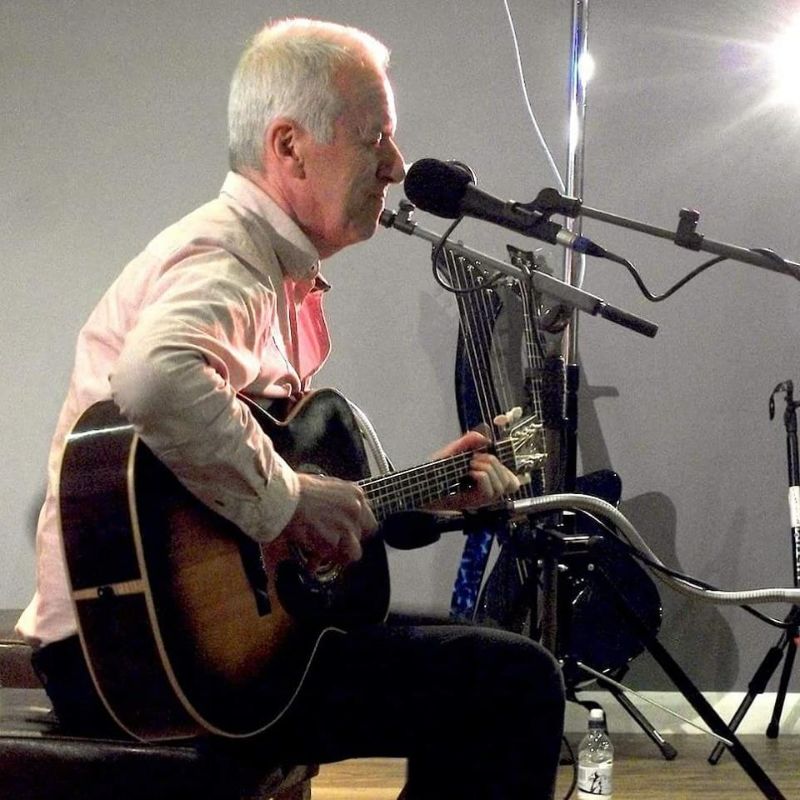Howard Coleman

Instrumentalist – Jewish Wedding Music.
-
Klezmer is very old East European Jewish instrumental music used for weddings that used to span several days. There were categories of tunes for welcoming guests, seating and veiling the bride, congratulating the couple and their parents, wishing them good luck and of course music for dancing (for young and old) and even tunes to wind up the proceedings.
This music has always been mostly band music. Originally the lead instrument was the violin, sometimes flute, largely replaced by the clarinet later, with which klezmer reached its artistic peak in New York before the second world war. In the early days there was also a kind of hammered dulcimer called the tsimbl (cimbalom) which was also popular among gypsies. Drums were usually used too. Brass instruments became included possibly following military training. The music was not written down but passed down in families. Influences from other cultures can be heard because some repertoire was shared (both ways) between Jewish and non-Jewish musicians in the various communities of Eastern Europe. Some of the typical characteristics of klezmer are the Middle-Eastern sounding musical scales used and the typically Jewish embellishments called dreydlekh. These sound like chirping, laughing or sobbing for example and are most easily produced on the violin or clarinet. There are also occasional reminders of synagogue music.
Klezmer’s popularity dwindled for various reasons until it had all but disappeared by the 1950s. Most Jews knew only one tune that was carried on from the old tradition – Hava Negila. However, thankfully klezmer was rediscovered in the 1970s in the USA by enthusiasts studying very old recordings. With the coming of computers and the internet, information about it has become widely accessible. Old recordings are now easily available on CD and there is a growing following of the music around the world.
It was exciting for me to discover that there were many other tunes as good as Hava Negila, and even more exciting to find that I could adapt this band music for solo guitar. The pieces I play are mostly in the dance-music category comprising mostly freylekhs, bulgars and khosidls. Ideally I like to play while stomping my foot on a wooden floor, and the ultimate thrill is to have some of the audience dancing to it. That makes me feel that I must be doing something right and I am helping to keep this unique musical culture alive.
What made me think of fundraising for the National Holocaust Centre? Well, I was thinking about the rising number of racist attacks and wanted to do my bit. I knew education was the answer and considered helping the Centre with talks, but then realised that I am better at guitar playing than public speaking and what I play is not unrelated to the Centre — being the music of pre-holocaust East European Jews — so I decided to offer to play there and see what happens. I was pleasantly surprised by the warm reception and the fantastic co-operation in helping me do more fundraising both there and away from the Centre. Their enthusiasm has inspired me to find more klezmer gigs to entertain people and to help the Centre with their vital education programme.
-
-
-
-
-
-
Show original message
-
Reply
-
,
-
Reply all
-
or
-
Forward
Send